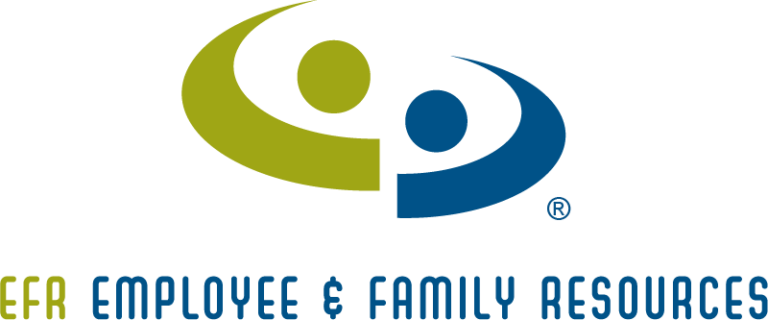As winter gives way to spring, now is a great time to unplug from the incessant distraction of our devices and connect with each other. Our Wellness Expert, Johanna Dunlevy, share some tips on disconnecting to reconnect and make better use of your time.
Plugging In: Pros and Cons
It is estimated the average American is distracted every three minutes by something in the workplace. It can take up to 20 minutes to refocus and get back on task. While this may seem extreme, we are living in a perpetual state of notifications, reminders, and alerts. Because we carry the world in our purses and pockets via our phones, we find ourselves addicted to staying plugged in.
Pros
Plugging in, in many ways, has made life much easier and richer – these days, who owns a paper map or uses a phone book? Remember those? Plugging in allows us to stay in touch with people at a moment’s notice all around the world. It makes instant communication between loved ones possible. Whether you are texting, emailing, or sharing photos on social media, the opportunities to stay connected are endless.
Cons
But all of that comes with a flipside. That flipside is finding ourselves attached to our devices. This might mean being distracted while at work or bringing work home, and therefore finding it difficult to maintain a healthy work-life integration. Feelings of inadequacy, fear of missing out (FOMO), and even feeling more isolated are all negative side effects of our attachment to staying plugged in.
Did you know?
- 84% of cell phone users claim they could not go a single day without their device [1].
- 67% of cell phone owners check their phone for messages, alerts, or calls — even when they don’t notice their phone ringing or vibrating [2].
- Studies indicate some mobile device owners check their devices every 6.5 minutes [3].
How to Unplug Without Completely Disconnecting
There are many ways you can unplug without permanently abandoning your device.
- One of the easiest ways to start is by identifying no-phone zones. Perhaps you decide you are not going to bring your phone to the dinner table, or check it during a movie. Maybe you leave your phone in your bag while at work to avoid the temptation of checking social media.
- You can also try routine and scheduled breaks from the screen. Start by taking a break from social media or your favorite game for a week or two. Your in-person connections could grow stronger, or maybe you rediscover your love of reading.
- Give your morning routine a break. Instead of checking work email or Facebook when you wake up, make your first waking hours a screen-free time.
- Detach from your device by organizing and eliminating apps. In regard to organization, move some of the apps you find yourself wasting the most time with off your home screen, and adjust notification settings for the ones you find most distracting. By eliminating apps you no longer use, you will be less distracted and further reduce distracting notifications.
If you’re having a hard time managing a good work-life integration, call 800-327-4692 to learn more about our Life Coaching benefit!
[1] http://www.pewinternet.org/2012/11/30/the-best-and-worst-of-mobile-connectivity/
[2] http://www.pewinternet.org/2012/11/30/the-best-and-worst-of-mobile-connectivity/
[3] http://www.dailymail.co.uk/news/article-2276752/Mobile-users-leave-phone-minutes-check-150-times-day.html





